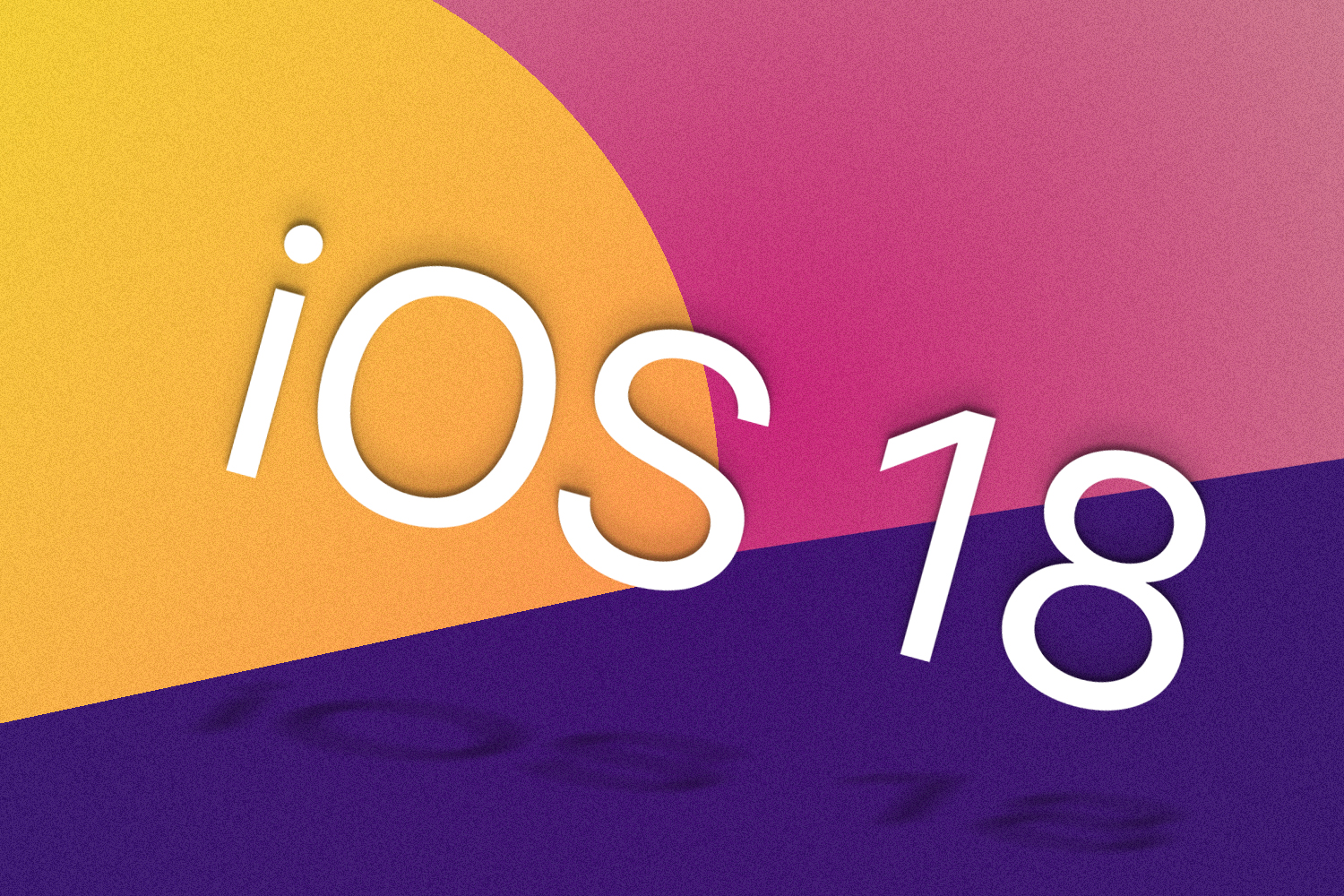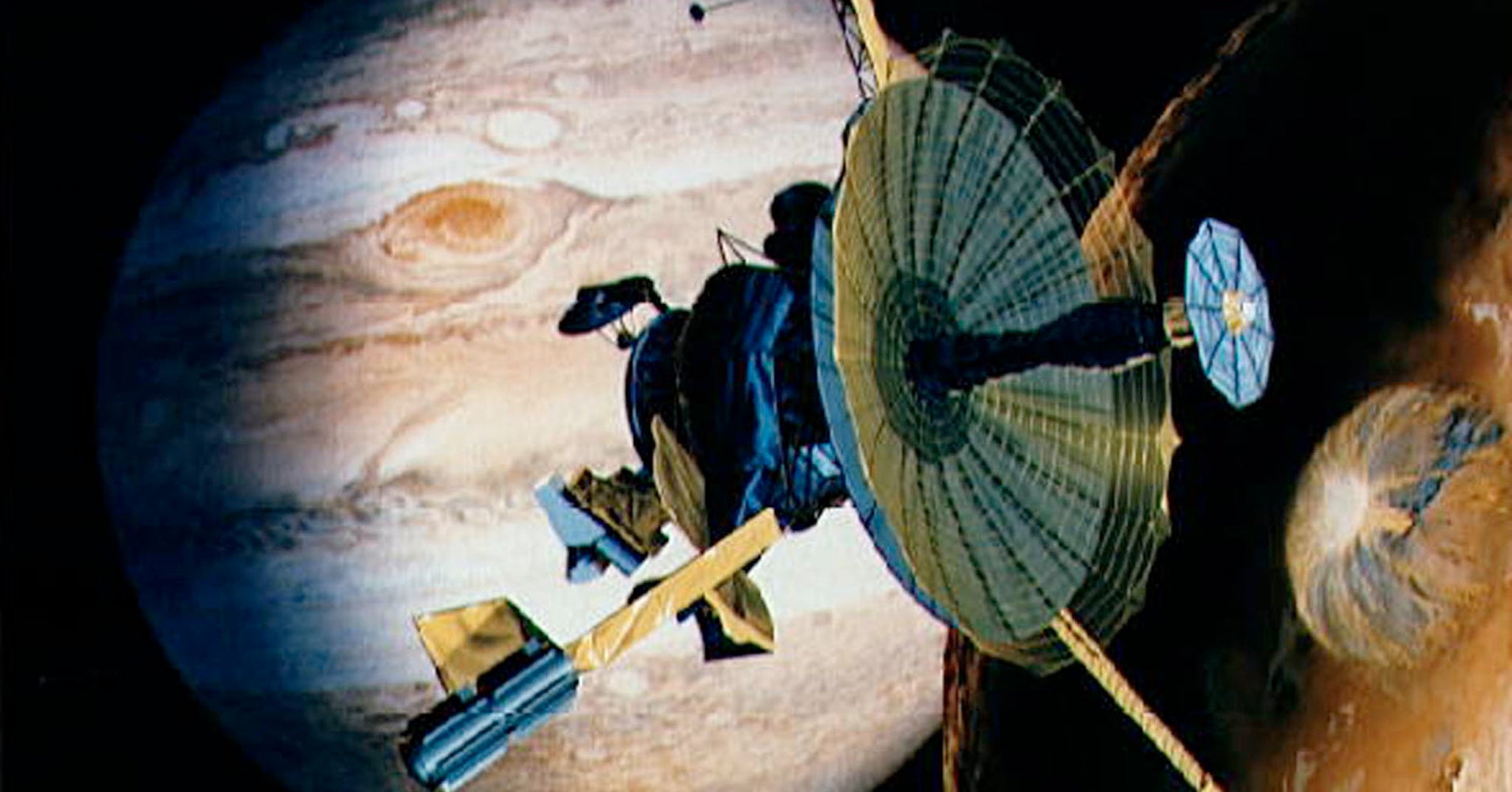NASA's Europa Clipper Mission: A New Frontier in the Search for Life
NASA's Europa Clipper mission is set to launch on October 14, 2024, aboard a SpaceX Falcon Heavy rocket from Kennedy Space Center in Florida. This ambitious mission aims to explore Europa, one of Jupiter's moons, which is believed to harbor a subsurface ocean beneath its icy crust. The mission's primary goal is to determine whether Europa possesses the necessary conditions to support life.
Mission Overview
The Europa Clipper mission, with a budget of $5.2 billion, is designed to conduct detailed reconnaissance of Europa's ice shell and subsurface ocean. Scientists are particularly interested in understanding the moon's geological activity, the composition of its ice, and the potential for habitability. The spacecraft will perform 49 close flybys of Europa, gathering data that could reveal whether the moon has the essential ingredients for life, such as liquid water, organic compounds, and energy sources.
Launch Details
The launch is scheduled for 12:06 PM ET on October 14, 2024. NASA has confirmed that the launch will be broadcast live, allowing the public to witness this historic event. The spacecraft is expected to embark on a six-year journey to reach its destination, with an estimated arrival in 2030.
Recent Developments
Launch Preparations
In the lead-up to the launch, the Europa Clipper has undergone extensive testing to ensure its readiness for the harsh conditions of space. The spacecraft has been subjected to rigorous simulations and environmental tests to prepare it for the vibrations and stresses of launch, as well as the extreme conditions it will face in the outer solar system.

Weather Challenges
The launch was briefly delayed due to Hurricane Milton, which impacted Florida. However, after thorough inspections and safety checks, NASA confirmed that the spacecraft is ready for launch. The team is optimistic about the weather conditions on the day of the launch, which are expected to be favorable.
Scientific Goals
The Europa Clipper mission is not just about reaching Europa; it is about answering fundamental questions about the potential for life beyond Earth. The mission will focus on several key scientific objectives:
Characterizing the Ice Shell: Understanding the thickness and composition of Europa's ice shell is crucial for assessing the potential for life beneath it.
Analyzing the Subsurface Ocean: The mission will investigate the properties of the subsurface ocean, including its salinity and chemical composition, which are vital for determining its habitability.
Studying Surface Features: Europa's surface is marked by intriguing features such as ridges, cracks, and chaotic terrain. The mission will analyze these features to understand the moon's geological history and processes.
Searching for Organic Compounds: The spacecraft will look for organic materials that are essential for life, providing insights into the moon's potential to support biological processes.
Public Engagement and Coverage
NASA is committed to engaging the public throughout the mission. The agency will provide live coverage of the launch and subsequent mission updates, allowing enthusiasts and scientists alike to follow the journey of the Europa Clipper. Educational resources and interactive content will also be available for those interested in learning more about the mission and its significance.
How to Watch the Launch
For those eager to witness the launch, NASA will stream the event live on its official website and various social media platforms. Viewers can expect pre-launch commentary, live updates during the countdown, and post-launch analysis.

The Europa Clipper mission represents a significant step forward in our quest to understand the potential for life beyond Earth. As we prepare for the launch, excitement is building within the scientific community and among space enthusiasts worldwide. The mission promises to deliver groundbreaking discoveries that could reshape our understanding of the solar system and the conditions necessary for life.
For more information and updates on the Europa Clipper mission, you can visit the following resources:
As we count down to the launch, the world watches in anticipation of what discoveries await us on Europa, a moon that may hold the keys to understanding life beyond our planet.




